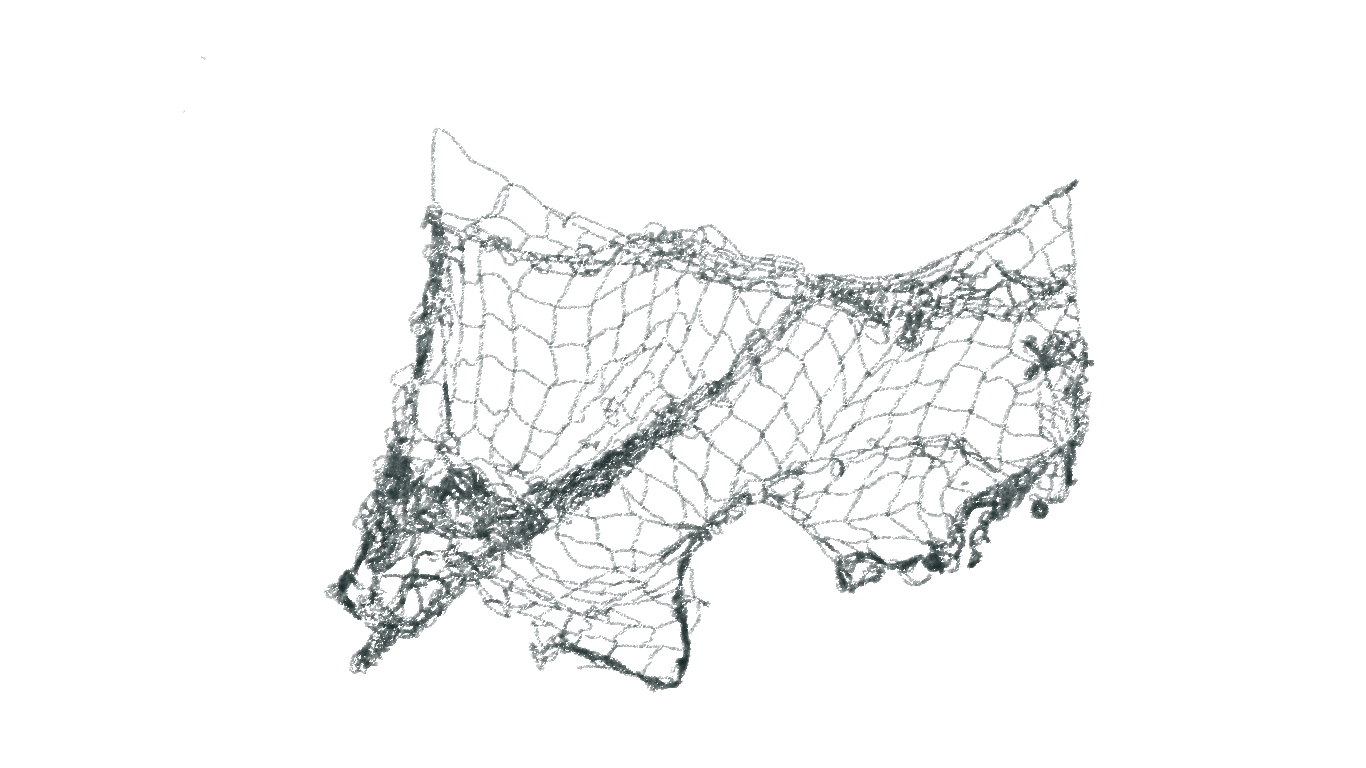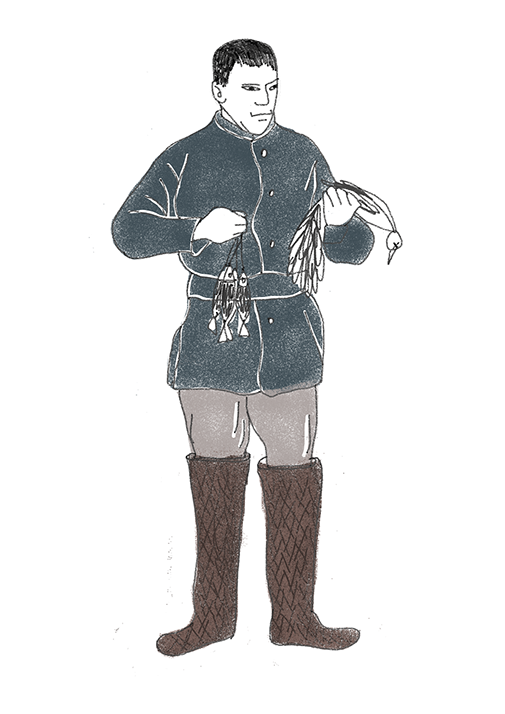Where did the Selkups come from?


en
The Selkups:
save as...
About
the Project
CONTEXT
TRADITIONS
TROUBLES
he Selkups are related to the Uralic race (which is an intermediate link between the European and Mongoloid races) and belong to the peoples of the Samoyed language group together with Nenets, Enets, and seven other extinct languages. At the end of the 1st millennium B.C. – the middle of the 1st millennium A.D., the territory of the Ob’ in the area of Tomsk and Narym, which is native to the Selkups, was the part of the Kulai cultural community. For this reason, the Selkups are supposed to be heirs to the Kulais, who are famous for their culture of decoration. During the migration of Samoyed group around taiga areas of the Ob’ basin, the Selkups were developed. They have a lot in common with the Khanty and the Ket, but also have their own features.
composes
Anna Zakharova
illustration:
Lyubov Borisova
T
The end of the
16th century
The end of the
16th – the beginning of the 17th century
The second half
of the 17th – the first half of the
18th century
The second half
of the 18th century
The beginning
of the 19th century
The 17th century
Since the 16th century
The 16th century
The late 18th century
The end of the
19th — the beginning
of the 20th century
The 20th century
The modern period
In 1989
The emergence of the first reliable historical information about the Selkups. The Selkups of Narym were called The Skewbald Horde (one theory is that they got this name because their clothes were made from the skins of different colors). At the end of the 16th century, the Skewbald Horde was led by Vonya, a prince of upper Narym, who fought back Russian voivodes (Eastern European term for the principal commander of a military force — translator’s note) resistantly.
The Selkups of the Skewbald Horde were defeated by the Russians and their allies, the Khanty. 1619 — the Selkups started migrating from their lands and moved to the north, to sparsely populated areas of the river Taz, to the river Turukhan, and their tributaries.
The Taz Selkups mastered reindeer breeding and began to lead a nomadic lifestyle (a portable tent became the main type of housing instead of timbered dugouts, which had been used earlier, and a dog sled was the main type of transport, along with a traditional boat).
The Selkups became a dominant group in the areas of the Taz and the Turukhan. They adopted the culture of the previous aborigines, the forest Enets, and the outlanders, the Khanty, the Ket, and the Evenks.
The largest dialect and territorial group of the Selkups was formed, that is, the Northern or Taz—Turukhan’s group separated from the Southern one. The Northern Selkups has preserved their ethnic identity up to now, in spite of pretty intensive cultural and matrimonial contacts with the Evenks and the Ket.
The Southern Selkups
The Selkups were divided into two territorial groups: the southern (Narym) and the northern (Taz—Turukhan). As the Southern Selkups were mostly located in Narym uezd (district — TN), they were called the Narym Selkups. The Southern Selkups are lineal descendants of the Kulai culture, which existed in the Middle Ob’ area in the 5th century B.C. – the 5th century A.D.
Within the southern Selkups the Tym-Narym (the Chumyl’kups), the Ket, and the Ob’ Selkups (near the city of Kolpashevo) were differentiated. Extreme southern groups of the Selkups, who lived on the rivers Chaya, Chulym, and Ob’ between the estuaries of the Chulym and the Tom’ in the 16th—19th century, formed territorial and tribal community paigula and later adopted the culture of the Tomsk Tatars and Russians in the 19th century.
The domination of Russia in Western Siberia. Cultural and economical differentiation of the Southern Selkup groups took place: the taiga population on the Tym, Ket’, Parabel’, and the Narym area of the Ob’ area specialized in fur hunting and fishing, while the peoples on the Chaya, Chulym, and the Tomsk area of Ob’ mastered cattle breeding and agriculture.
The end of the Christianization of the Selkups. It contributed to the assimilation with the Russians and the Tatars.
Territorial fragmentation and significant differences between the particular dialects led to the fact that hardly ever could it be possible to unite and consolidate the Selkup peoples: there wasn’t even a common name for all of the Selkup groups.
The situation of the Selkups didn’t improve even formally after the establishment of the Soviet power: the Selkups turned out to be one of a few nations of the USSR whose existence wasn’t taken into account during the process of national and administrative division. Most of the northern Selkups was divided between Yamalo-Nenets autonomous region, Tyumen region, and the Turukhan district of Krasnoyarsk krai, and the lands of the Southern Selkups mostly became the part of Tomsk Oblast.
The Southern Selkups are very similar to the Russians and have lost a lot of features of the taiga hunting and fishing, economic and cultural complex, which is distinctive for all the peoples living in the taiga zone of Western Siberia. A significant part of Selkup families completely lost their traditional culture and language. Having spoken extremely phonetically isolated dialects, they had to accept Russian as the language of inter-dialectal communication, which later became dominant.
However, it would be wrong to conclude that the Selkups have disappeared as an independent ethnic group.
The congress formed Tomsk Association of the Indigenous Small-Numbered Peoples of the North called Kolta Kup (The People of Ob’) and decided to establish the Selkup communities. Later, its district and rural departments were set up. According to some researchers, the ethnic self-awareness of the Selkups is increasing. Works on rehabilitation of the Selkup language have already started. The linguists of Tomsk State Pedagogical University have been developing learning aids for Selkup national schools.
